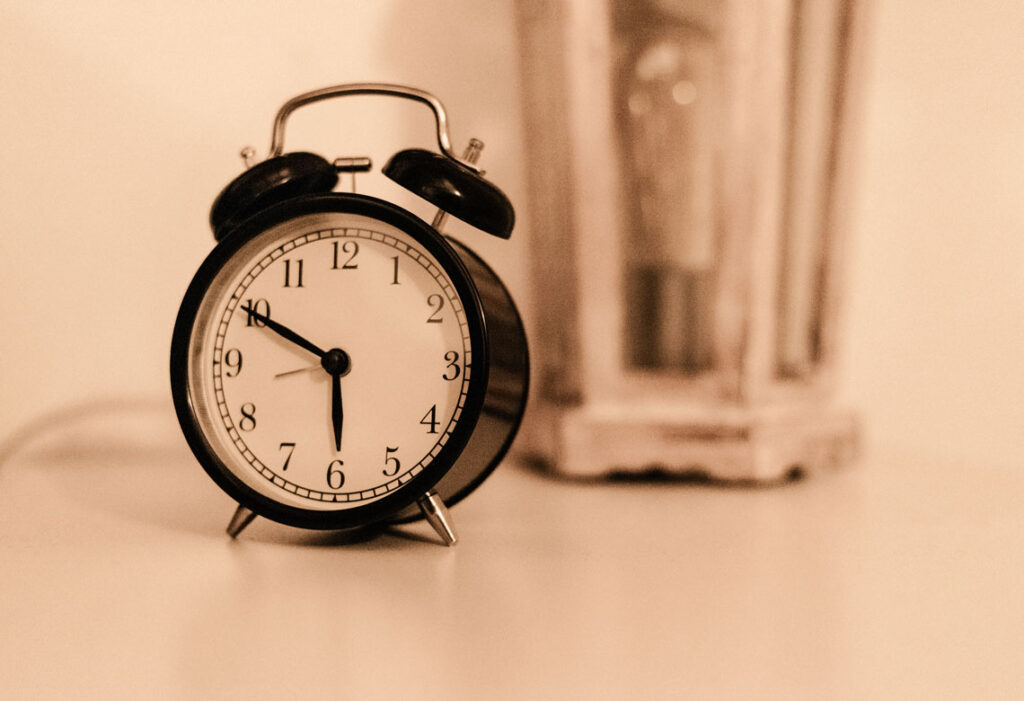
Sleep is an essential function that allows our bodies and minds to recharge, leaving us feeling refreshed and alert when we wake up.
A good night sleep also helps the body remain healthy and stave off diseases. Without enough sleep, the brain cannot function properly.
Teenagers need more sleep because their bodies and minds are growing quickly. The recommended amount of sleep for teens is between 8 and 10 hours. Lots of young people, and even adults at times, are not getting enough sleep and there are several reasons for this.
- Binge watching TV shows
- Chatting online with friends
- Staying up too late to finish homework assignments
How does a lack of sleep manifest day to day?
Not getting enough sleep can impact concentration where someone mentally ‘drifts off’ in class, has low mood and a lack of motivation.
Sleep can impact our eating habits too. If we are tired, we may not spend as long preparing a healthy snack or meal therefore we opt for more quick and unhealthy options.
The importance of winding down
As its so important to get a good night’s sleep, why not introduce a winding down routine approx. 30 minutes before bedtime.
Have your teenager try out different ways to relax to find the best ways that work for them. These may include listening to chill music, taking a bath or shower (20 minutes before bed), yoga and meditation or reading a book.
The routine should be done at the same time and in the same order each night. A routine slowly trains the brain that ‘sleep is coming soon’.
Breathing exercises to help you sleep
If the routine doesn’t have the effect you’re hoping for, talk to your child about breathing techniques they can use.
Taking deep breaths, instead of shallow breaths, is one way to get your body into rest and digest mode. That’s why deep breathing is important! Here are some breathing techniques that could work for your anxious teen:
- The box method: Inhale for 4 seconds, hold for 4 seconds, exhale for 4 seconds and hold for 4 seconds (repeat)
- If you feel the first one is too easy try the four-seven-eight method. Inhale for 4 seconds, hold for 7 seconds, then exhale for 8 seconds, repeat 4-5 times.
- We can use or hands for deep breathing by creating waves with our finger. As the wave goes up breathe in and as the finger moves down the wave breathe out.
- For a bit of fun you can use animal noises as you exhale such as a bee, a snake, a cow etc.
- There are videos on YouTube for deep breathing or free apps such as ‘Mindful gnats’, ‘Breethe’, ‘Calm’ and ‘Headspace’ plus lots more. These apps can help to develop a breathing technique that works for you. Everyone is different so try out a few ways and see which suits you best.
Other methods to help the body to relax include:
Visualisation – Close your eyes and imagine yourself somewhere peaceful, happy or enjoyable. Somewhere that makes you feel relaxed and happy. Focus on that image, start to build the detail, and for a short time, imagine that you are actually there. Breathe deeply and slowly as you do.
Tense and release muscles – Focus on one muscle at a time and slowly tighten and then relax that muscle. Start at your feet and move to your calf’s, then knees and so on gradually moving your way up to your head then repeat.
Listen to music – Music with around 60 beats per minute naturally calms our heart rate so we feel more relaxed and ready for sleep. There are specifically designed “sleep playlists” and podcasts on Spotify and YouTube, or you may prefer apps to help relax and drift off to sleep.
Audiobooks can also be a nice way to wind down the day and help to avoid screens.You can access these for free from libraries or there are also some on YouTube.
